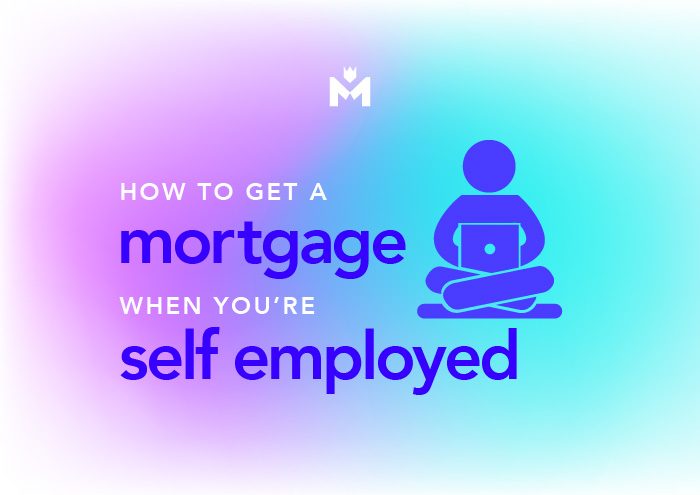There’s an awful lot to be said for being self-employed, including the opportunity to specialise in an industry and the ability to choose your own clients. But when it comes to applying for a mortgage or other loan, your dream job might be more of a hindrance than a help. The team at Money Empire share their top tips to help the self-employed get over the line financially.
1. Be prepared for hard conversations
From a lender’s perspective, self-employed borrowers are higher risk. You might know that your biggest client has got enough work to keep you busy for the next decade, but the bank is more likely to be weighing up the odds of that client going bankrupt. Unlike salaried workers, your income isn’t guaranteed, and there’s potential for your business to go belly up. The good news is, lots of people who are self-employed can access finance, so it’s not impossible!
2. Know your numbers
One of the biggest challenges for self-employed borrowers is proving your income. It’s tempting to look at the top line of your financial statement and say, “my business turned over $800,000 last year,” but if you’ve got $750,000 of expenses under that, then you’ve only made $50,000 profit. Getting your head around how your accountant crunches your numbers is really helpful for this – if you can speak confidently about your business plan, projected cashflow, and industry trends, the bank will see that you know your business inside out.
3. Take advantage of our relationships
If you walk into your local bank with last year’s financial statements and ask for a mortgage, there’s a strong possibility that the bank will decline you on the spot. By using a financial adviser, you’re able to take advantage of the relationships that we have with the various lenders, and our inside knowledge of which banks are more likely to lend money to the self-employed.
4. Think laterally
There’s a lot of ways that we can strengthen an application for finance based on self-employed income, including using GST invoices to prove your income, or asking your accountant to provide some forecasts of future income.
One strategy we’ve used a lot is putting together a write-up about your business that clearly details your business model and future cashflow. It’s fair to say that the lending specialist at the bank might not be familiar with your industry or area of expertise – so by presenting your business model in an easy-to-understand way, we can make sure the bank is seeing your application exactly as you intended. You might also need to look at non-bank lenders as another option for you!
5. Don’t give up on a mortgage
Some people get quite disheartened when they can’t get funding from a lender with a competitive interest rate. However, that doesn’t mean you should put the idea of seeking business finance into the too-hard basket – it just means we may have to look at other funding options for a short period of time. Private lenders may have a slightly higher interest rate, but because they require less paperwork they can be a good stop-gap measure for six or 12 months until a mainstream lender is comfortable with how your business is going.
Getting a mortgage when you’re self-employed can be tricky – but it’s definitely not impossible. Contact us now to get started.




